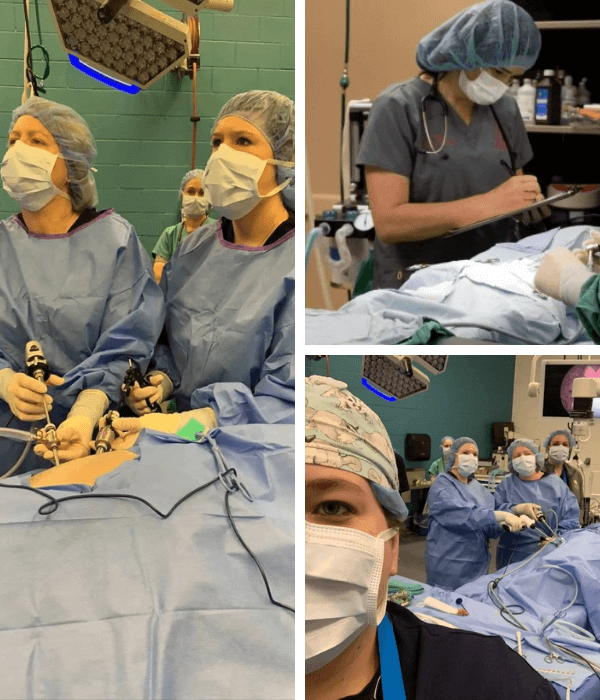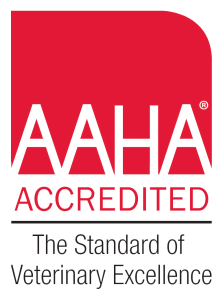Brook-Falls Offers Laparoscopic Surgery for Pets
 Laparoscopic surgery is also known as keyhole surgery because of the minimally invasive scoping within the abdomen.
Laparoscopic surgery is also known as keyhole surgery because of the minimally invasive scoping within the abdomen.
It is performed by first inserting a small needle into the abdomen to inflate it with gas to allow for better visualization. Then two or three other incisions are made for inserting the laparoscope (camera) and surgical instruments. The images are visualized on a large screen in the surgical suite and the surgical procedure is performed. When finished, the instruments are removed and the small incisions are closed with sutures.
There are several surgical procedures that can be performed using laparoscopy. These include spays, retained-testicle neuters, intestinal foreign body removal, bladder stone removal, stomach tacking, and biopsies and removal of multiple organs.
There are several advantages to this type of surgery. Smaller incision sites mean faster healing and less post-operative pain which reduces the recovery time- this means less time in the cone of shame! These procedures also tend to be faster than the alternative open abdominal surgery, which means less time under anesthesia for your pet. The smaller incision sites also mean that there is less exposure of abdominal organs to potential contaminants and decreased incidence of infection. Also, the use of the camera equipment increases the surgeon’s visibility of the abdomen.
Laparoscopic Surgery is Used for Several Procedures Including:
- Spays
- Retained-testicle neuters
- Intestinal foreign body removal
- Bladder stone removal
- Stomach tacking
- Biopsies and removal of multiple organs


